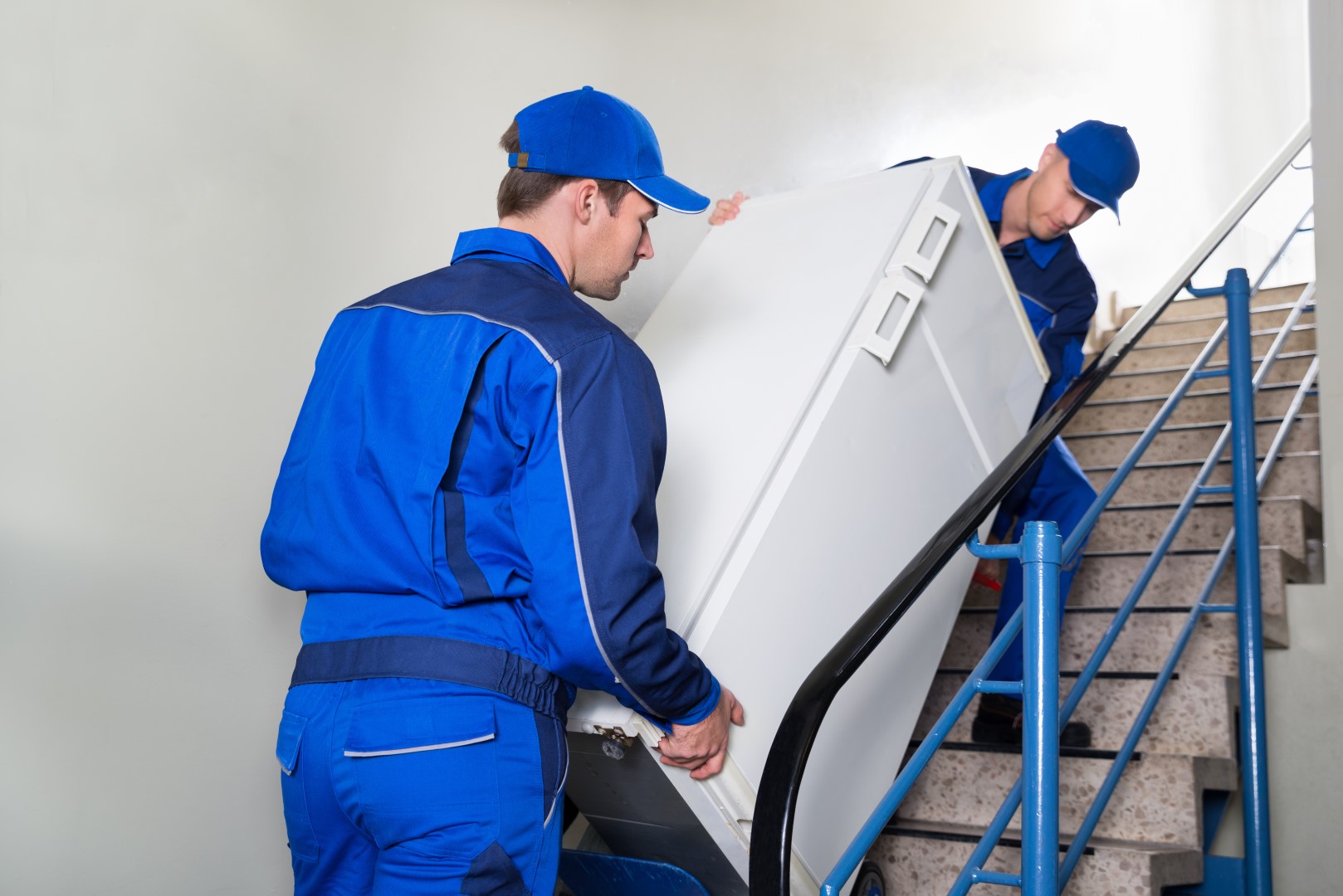
For many people, moving is a source of stress. A day associated with packing, loading, unloading, and running around in a race against time that will most likely end with several household appliances being damaged in one way or another.
How about you? Any concerns about moving your household appliances? If you’re not sure about what methods to use to avoid injury to yourself or damage to your appliances, here are a few tips for a safe, hassle-free move.
Tips for Moving Your Refrigerator
The refrigerator is definitely one of the most delicate appliances to displace during a move. You must know when to connect and disconnect it, how to protect it during transportation, etc.
A few important points to consider when moving your refrigerator:
- Empty your refrigerator and give it a good wash (without forgetting the freezer); remember to keep the food in a cooler during the move.
- Make sure you disconnect your refrigerator approximately 24 hours before the move.
- Always move your refrigerator in a vertical position (avoid laying it down horizontally; this could lead to engine oil leakage and damage to the circuits).
- Wait for a few hours (minimum 2) before reconnecting your refrigerator. This will allow the gas and air to stabilize and thus prevent breakage.
A refrigerator is a capricious appliance that he must be moved very carefully. That’s why we recommend that you be very meticulous in doing so. As each model is unique, remember to refer to your refrigerator’s user’s manual. It will inform you on specific precautions to take. If you cannot locate this manual, you can search for the information on the Internet or contact your retailer.
Tips for Moving Your Washer/Dryer
Moving the washer/dryer group to a new location is also a tricky operation. In addition, to be very heavy, these appliances require special attention to avoid damage.
A few tips to facilitate moving your washer/dryer:
- Start by completely disconnecting your washer and dryer in order to avoid any accidents (ex.: electric shock).
- Empty all the hoses and valves of your washer.
- Make sure to plug the hoses (with adhesive tape for example) to avoid leakage during transportation.
- Take the opportunity to wash the dryer’s filter.
- Use adhesive tape to keep the wires together and avoid their interfering during the move.
For complete peace of mind when moving your washer and dryer, you should make sure that they are properly cleaned and perfectly dry (not a single drop of water) before wrapping them up and loading them into the truck!
Tips for Moving Your Oven
The oven is an expensive kitchen appliance that is also difficult to transport. However, following the tips below will make moving it a lot easier.
A few things you should do on the Big Day:
- Start by removing all the cooking racks and glass sheets from the oven.
- Protect the glass section of the oven to avoid damaging it during transportation (with tape and cardboard for example).
- Make sure you have a hand truck for the move.
Don't forget, an oven is a fragile appliance that must be transported with caution and proper care.
Tips for Moving Your Dishwasher
The greatest challenge involved in moving your dishwasher is to make sure to avoid leaks during transportation. Here are a few tips to make your life easier.
- Make sure your dishwasher is completely disconnected (water and electricity do not mix well).
- Empty completely all the water inlet hoses.
- Plug the end of hoses (using a cork stopper for example).
Before moving your dishwasher, it is very important for it to be completely dry. To make sure, leave the door slightly ajar for a few hours after having emptied it. And don’t forget that, if you’re going to do it properly, your dishwasher should not contain a single drop of water!
How to Avoid Injuring Yourself While Moving Household Appliances
Many people sustain injuries during a move; this is especially true when moving appliances. Often, it is a case of simply not knowing how to work properly. People either carry loads that are too heavy or do not give their full attention to the effort they are required to put forth.
A few do’s and don’ts to avoid injuring yourself on moving day:
- Clear the heavy traffic areas to prevent falls when appliances are being carried.
- Wear gloves during the transport of household appliances (better grip and less likely to cut yourself or get blisters on your hands).
- Two persons should carry your appliances rather than only one (in order to distribute the load).
- Hydrate sufficiently. Moving requires a considerable physical effort. To hang in there, you should drink a lot of water.
- Make sure you bring along useful tools (such as straps, a hand truck, etc.)
It is important to not rush things in order to reduce the risk of injury during a move. Also, the more tired you are, the more prone you are to accidents.
Finally, never forget that a successful move is first and foremost the result of good teamwork. If you don’t feel comfortable in the role of leader, don’t hesitate to delegate that role to someone who has the wherewithal to carry out the mission enthusiastically and effectively!
